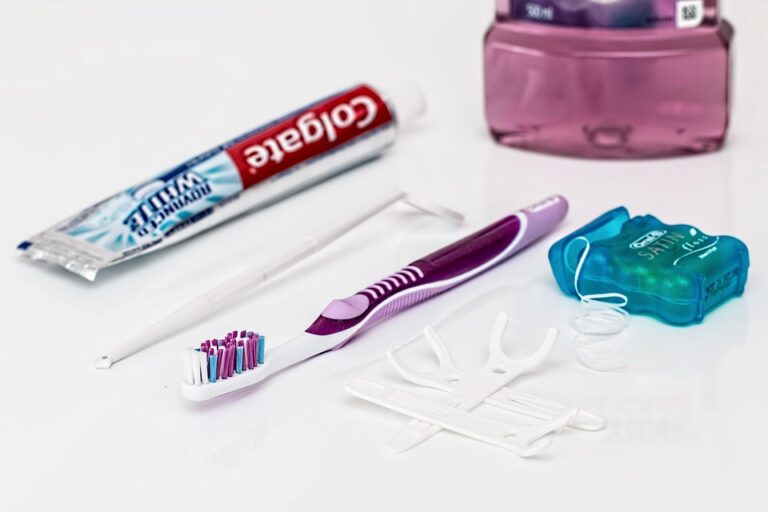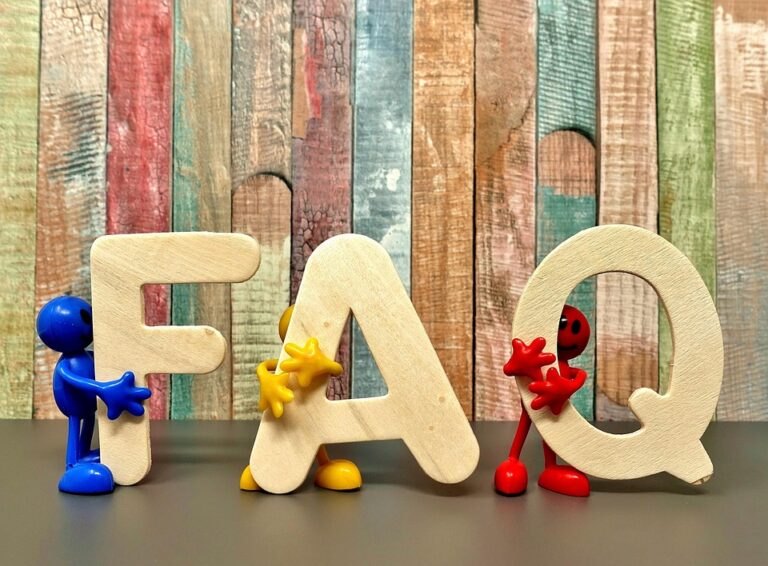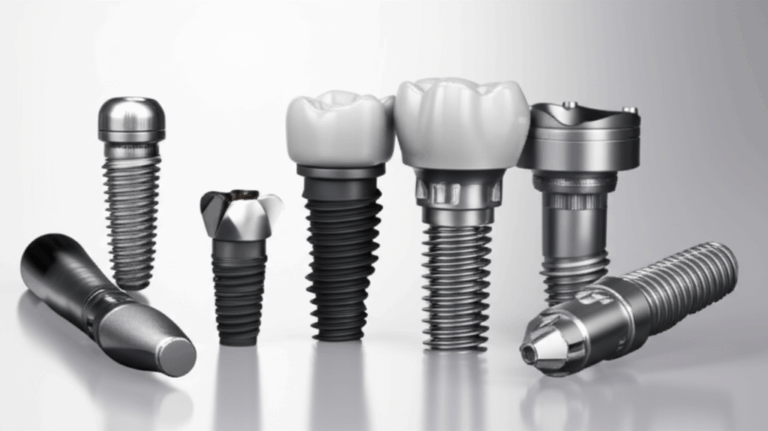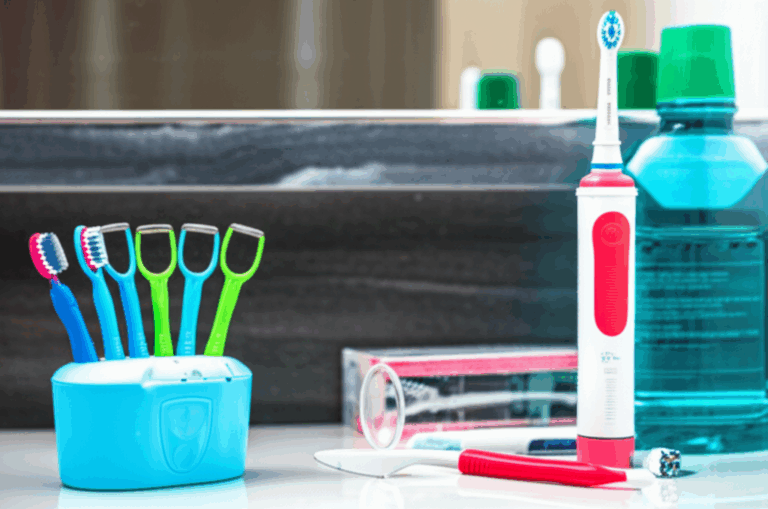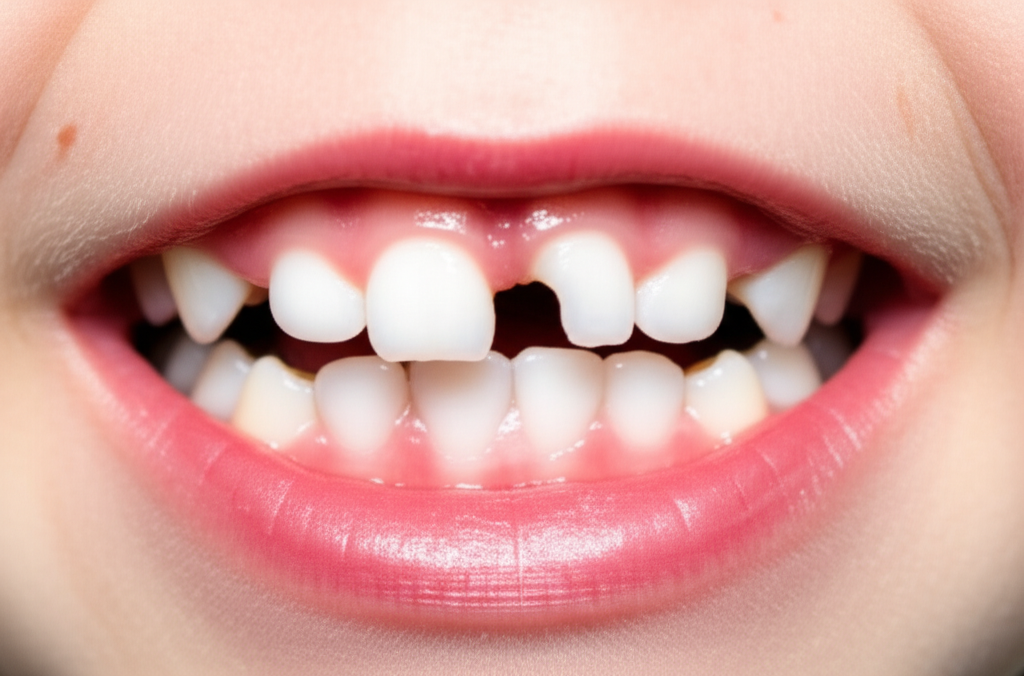
Can Pacifiers Cause Dental Problems? A Parent’s Guide to Safe Use and Oral Health
Pacifiers can seem like magic for calming babies. But as your child starts to get more teeth, you might ask, “Do pacifiers mess up teeth?” In this guide, I’ll explain what every parent should know about pacifiers and teeth. We’ll look at real facts, not just rumors, and I’ll share simple, helpful advice so your child can stay happy and have a healthy smile. Read on for peace of mind and smart choices about your child’s mouth health.
Table of Contents
- Why Do Parents Worry About Pacifiers and Teeth?
- How Can Pacifiers Affect Dental Development?
- What Is Malocclusion and How Does it Happen?
- Can Pacifiers Change the Shape of the Mouth?
- Do Pacifiers Cause Tooth Decay?
- At What Age Do Pacifiers Start to Be a Problem?
- How Can You Use Pacifiers Safely?
- What’s the Best Way to Wean Off Pacifiers?
- When Should You See a Dentist About Pacifier Use?
- Are Pacifiers Better Than Thumb Sucking?
- Product Solutions for Healthy Smiles
- FAQ: Common Pacifier and Dental Health Questions
- Key Points: What Every Parent Should Remember
Why Do Parents Worry About Pacifiers and Teeth?
Lots of parents get nervous about giving their baby a pacifier. Maybe you’ve heard about crooked teeth or big dentist bills. Here’s what’s true: pacifiers can calm kids, but, if used too long or the wrong way, there can be problems.
Parents worry because they want their kids’ teeth to be healthy. It’s normal to want to stop dental issues from pacifier use. Smiling, chewing, talking, and feeling good all depend on healthy teeth. But don’t stress! Most tooth worries from pacifiers can be sorted out. When you know the facts, you can make smart choices and help your child keep a bright, healthy mouth.
How Can Pacifiers Affect Dental Development?
Pacifiers can change how your baby’s teeth, gums, roof of the mouth, and jaw grow if used for a long time. The sucking can move teeth as they come in.
Here’s what can happen:
- Teeth getting out of line: Pacifiers push on the baby teeth and jaw, sometimes causing bite problems like an open bite or overbite.
- Mouth and roof shape: Using a pacifier too much might make the roof of the mouth (top of the inside of the mouth) more narrow.
- Jaw growth: Sucking on a pacifier over and over can change how the jaws line up as your child gets older.
When you know these things, parents can look for early signs and stop habits before they become big problems. It’s like fixing a small drip before it turns into a flood.
What Is Malocclusion and How Does it Happen?
Malocclusion just means the teeth don’t line up right. If your kid’s teeth are off, here’s what it means:
Open bite: The top and bottom front teeth don’t touch even if the mouth is shut. There’s a gap you can see. Pacifiers often cause this when the front teeth get pushed out.
Crossbite: The top and bottom teeth don’t meet straight. The pacifier can push the jaw to the side, especially if used past age three or four.
Overbite (also called “buck teeth”): The top front teeth stick out way past the bottom teeth. Kids who use pacifiers for years are more likely to get this.
Why is this a problem? Bad bite makes it hard to chew, can mess with talking, and makes teeth harder to keep clean. You might end up at the dentist more often—and nobody wants that!
| Bite Problem | What It Does | How Pacifier Plays a Part |
|---|---|---|
| Open Bite | Front teeth don’t meet; there’s a gap you can see | Lots of sucking pushes the front out |
| Crossbite | Side teeth and jaw don’t match up | Roof of mouth narrows, changes how teeth fit |
| Overbite | Top front teeth go over bottom teeth too much | Lots of sucking changes upper jaw shape |
Reference: American Academy of Pediatric Dentistry (AAPD), Pediatric Dentistry Journal 2022
Can Pacifiers Change the Shape of the Mouth?
Yes, pacifiers can make changes to the mouth’s shape over time, mostly in the roof of the mouth and the space where teeth grow. If a child has a pacifier a lot during the day, the tongue doesn’t rest or move like it should. This can make the top of the mouth more narrow.
Why does this matter? The top of the mouth helps teeth fit and helps with clear speech. If it gets too high and narrow, some kids end up with a crossbite or may have trouble talking clearly. Seeing the dentist often helps stop problems before they get worse.
Also, too much sucking can slow down the way kids learn to make sounds, like “s” and “sh.” Early help is always better!
Do Pacifiers Cause Tooth Decay?
Pacifiers alone do not cause cavities. But some parents try to help their baby take the pacifier by dipping it in honey or juice. That’s a problem because sugar feeds germs in the mouth, which can cause cavities. This is called “baby bottle tooth decay,” and it can happen from sweet pacifiers just like from bedtime bottles.
An American Dental Association (ADA) study shows clean, unsweetened pacifiers rarely cause problems. But keeping them clean is important. Wash them often and don’t let stuff grow on them. Even babies with only a few teeth should get some mouth cleaning.
At What Age Do Pacifiers Start to Be a Problem?
When you use a pacifier matters a lot. Dentists and kids’ doctors agree: young babies usually don’t get problems from pacifiers. Any small changes usually fix themselves if the pacifier use stops early.
Ages 0-2: Very low chance of real problems. Most changes go away once the pacifier is stopped before age 2.
Ages 2-3: Watch more closely! This is when teeth might start to move. If you start to stop the pacifier now, you help keep teeth straight.
Age 4 and up: Time to really stop! The chance of serious changes that don’t go away goes up fast. Grown-up teeth start coming in, and bite problems can get much worse.
If you stop the pacifier by age three, most kids won’t have long-lasting tooth problems. If you’re not sure when to quit, here’s your sign!
How Can You Use Pacifiers Safely?
Here’s how your child can keep both comfort and healthy teeth if you follow these simple steps.
Pick the Right Pacifier
- Choose an orthodontic pacifier (flat bottom, rounded top) to lower the chance of teeth changes.
- Make sure it’s the right size for their age.
- Only use BPA-free, safe materials approved by dentists.
Don’t Use Pacifiers Too Much
- Try to use them only for sleep or when your child really needs calming, not all day long.
- Other comfort ideas: cuddles, quiet music, or a teething ring.
Don’t Sweeten the Pacifier
- Never put honey, juice, syrup, or sugar on pacifiers.
- Sweet stuff on pacifiers is a direct road to cavities.
Keep Them Clean
- Wash pacifiers often with warm soapy water.
- Check for breaks or cracks—get a new one if needed.
Make a Plan to Stop
- Try to start cutting back on pacifier use before your child is two.
References: AAPD Guidelines, ADA Recommendations (2022)
What’s the Best Way to Wean Off Pacifiers?
Stopping the pacifier can feel hard, especially if your child loves it. You can do this, and you don’t have to be mean.
Go slowly. Start by using it only at nap or bedtime. Give small rewards (a sticker or treat) for times when they don’t use the pacifier.
Stick to your plan. If you say “just for bedtime,” make sure you keep to it. Don’t give in—mixed rules confuse kids and make it harder to stop.
Give comfort in other ways. A soft stuffed animal or special blanket can help when there’s no pacifier.
Praise your child often. Every time they do it right, tell them! Encouragement can really help.
If you’re stuck, your pediatric dentist can give good advice or suggest a special helper appliance.
When Should You See a Dentist About Pacifier Use?
Going to a kids’ dentist for check-ups is the best way to keep teeth on track. Make an extra appointment if:
- You see changes in your child’s bite (like the front teeth not touching, a gap, or the jaw seems off)
- Your child finds it hard to say certain sounds or letters
- Your child is still using a pacifier after age 3
Dentists can spot early signs of problems, suggest fixes if needed, and help you find ways to stop the habit. Getting help early can save you from expensive dental work later.
See our teeth health guide for more on keeping kids’ teeth strong.
Are Pacifiers Better Than Thumb Sucking?
Surprisingly, most dentists say pacifiers are better than thumb-sucking. Here’s why:
You can decide when to take away a pacifier, but not a thumb! So pacifiers are usually easier for parents to control, and it’s easier to break the habit.
Both habits, if kept too long, can mess up teeth and how kids talk. But because pacifiers can be taken away, most experts say go with a pacifier—never let thumb or finger sucking go on.
Product Solutions for Healthy Smiles
All parents want the best for their kids’ teeth, even if there’s already a problem. Sometimes, early tooth or jaw issues need a little extra help. That’s where dental labs come in.
If your child’s dentist suggests a special dental piece—like something to stop the habit, a mouthguard, or a retainer—it matters to have a good dental lab. Our team at china dental lab makes top-quality, custom dental items that are safe and comfortable for kids. We use new technology in our digital dental lab and the best materials in our dental ceramics lab.
No matter if it’s to fix, help, or keep teeth going the right way, our solutions are just right for growing kids. Ask your dentist about gentle dental pieces for kids.
FAQ: Common Pacifier and Dental Health Questions
Q: Will my child need braces because of a pacifier?
A: Not always. If you stop the pacifier early and see the dentist, you can often avoid braces.
Q: Do orthodontic pacifiers really help?
A: They can help a bit, but how long and how often a child sucks is more important.
Q: Can pacifiers cause other issues besides teeth problems?
A: Some studies say ear infections might be a bit higher with pacifiers. Keep them clean and use less to lower the risk.
Q: Can pacifiers hurt grown-up teeth?
A: Yes, if used after age 4. Grown-up teeth might not come in the right spot.
Need more? Visit our teeth information page for other questions about kids’ mouths.
Key Points: What Every Parent Should Remember
- Short-term pacifier use is usually okay for teeth, especially under age 2.
- After age 3, the chance of tooth and bite problems goes up. Start weaning.
- Look for gaps, bite issues, or speech trouble. These need a dentist’s advice.
- Keep pacifiers clean. Never dip in sweet stuff.
- Orthodontic pacifiers help some, but how old and how long your child uses it are most important.
- Pacifiers are better than thumb-sucking because you can control when your child gets them.
- Talk with dental professionals and trusted labs like ours for help with fix-it appliances or teeth tips.
If you’re concerned about your child’s pacifier habit, know you’re not the only one. The right info and small actions can do a lot. With good steps, you’ll give your child a bright, happy smile that lasts.

